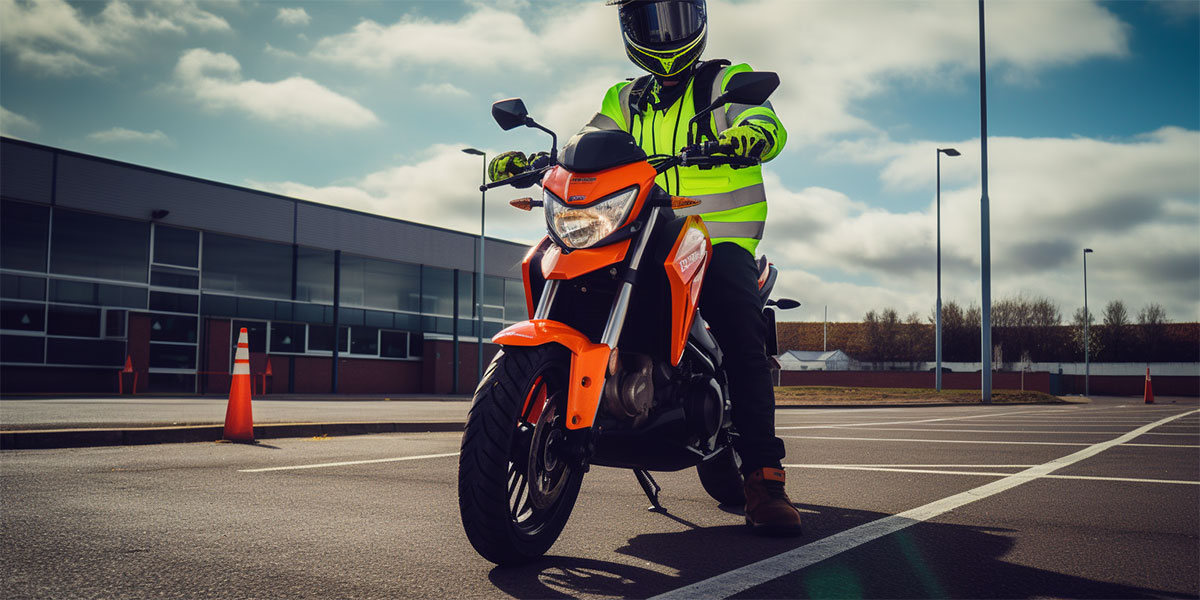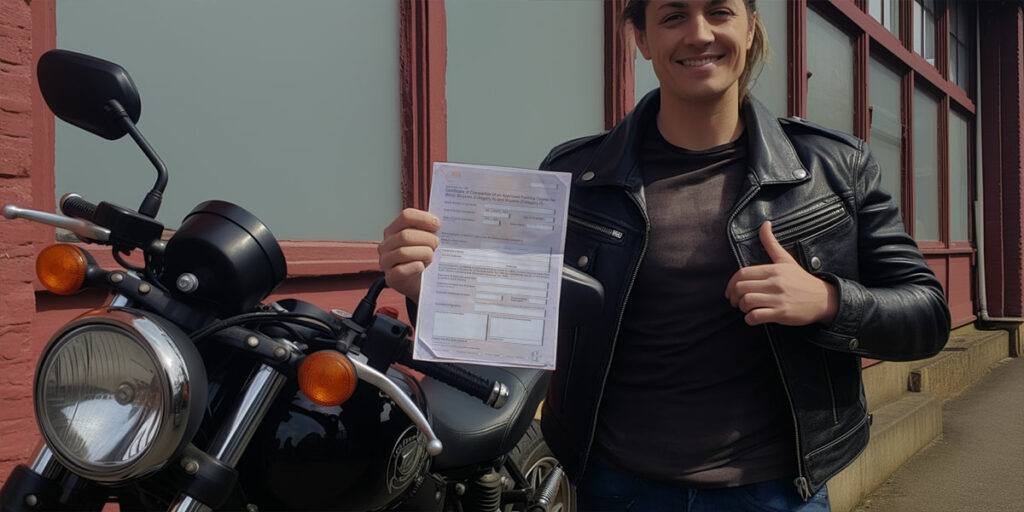Motorbiking is an exhilarating experience, and for many, the journey begins with a 125cc motorbike. Before you rev up and hit the road, though, it’s crucial to understand the Compulsory Basic Training (CBT) regulations in the UK. This guide will walk you through the essentials, ensuring you’re well-prepared for your two-wheeled adventures.
Furthermore, understanding CBT is not just about adhering to the law; it’s about ensuring safety for yourself and other road users. So, let’s dive deep into what CBT entails and why it’s so pivotal for 125cc motorbike riders.

Can I ride a 125 without a CBT?
Simply put, no. In the UK, if you wish to ride a 125cc motorbike on public roads, you must first complete your CBT. This rule applies to anyone over the age of 16. However, there are exceptions. For instance, if you obtained your car driving licence before 1st February 2001, you’re allowed to ride a moped (up to 50cc) without additional training. Nevertheless, for a 125cc, CBT remains mandatory.
Moreover, while it might seem tempting to skip this step, remember that the primary aim of CBT is to ensure you have the basic skills to ride safely.
What does Compulsory Basic Training involve?
Compulsory Basic Training is designed to equip novices with the essential skills to ride safely on UK roads. The training typically covers:
- Introduction and Eyesight Check: A brief about the day’s schedule, followed by an eyesight check.
- Practical On-Site Training: This involves understanding the motorcycle controls, walking and wheeling the motorcycle, and starting and stopping the engine.
- Practical On-Site Riding: During this phase, you’ll practice riding, turning, controlled stops, and other fundamental manoeuvres.
- Practical On-Road Training: This section covers safety guidelines, road positioning, and a discussion on the highway code.
- Practical On-Road Riding: Here, you’ll spend at least two hours riding on public roads, showcasing the skills you’ve learned.
Thus, it’s evident that CBT is comprehensive, ensuring that riders are well-prepared for various road scenarios.
How long does Compulsory Basic Training last?
Generally, a CBT session lasts for a full day. However, the duration can vary based on individual progress. Some riders might grasp the essentials quickly, while others may need a bit more time. Consequently, while many complete their training in a day, some might require additional sessions.
Importantly, there’s no rush. The goal is to ensure you’re confident and competent, so take the time you need to master the basics.
How much does CBT cost?
The cost of CBT can vary based on location, training school, and whether you’re using your own motorbike or hiring one. On average, prices range from £90 to £150. Here’s a rough breakdown:
- Using your own bike: £90 – £110
- Hiring a bike from the training school: £130 – £150
It’s advisable to check with multiple training schools in your area to find the best deal. However, don’t compromise on quality for cost. It’s essential to ensure that the school has certified instructors and good reviews.

How long is a CBT certificate valid?
Once you’ve successfully completed your CBT, the certificate, known as the DL196, is valid for two years. If you wish to continue riding after this period without progressing to a full motorcycle licence, you’ll need to retake the CBT.
In conclusion, riding a 125cc motorbike is a thrilling experience, but safety comes first. With a valid CBT, you’re not just adhering to the law; you’re ensuring that every ride is a safe and enjoyable one. Safe travels!
